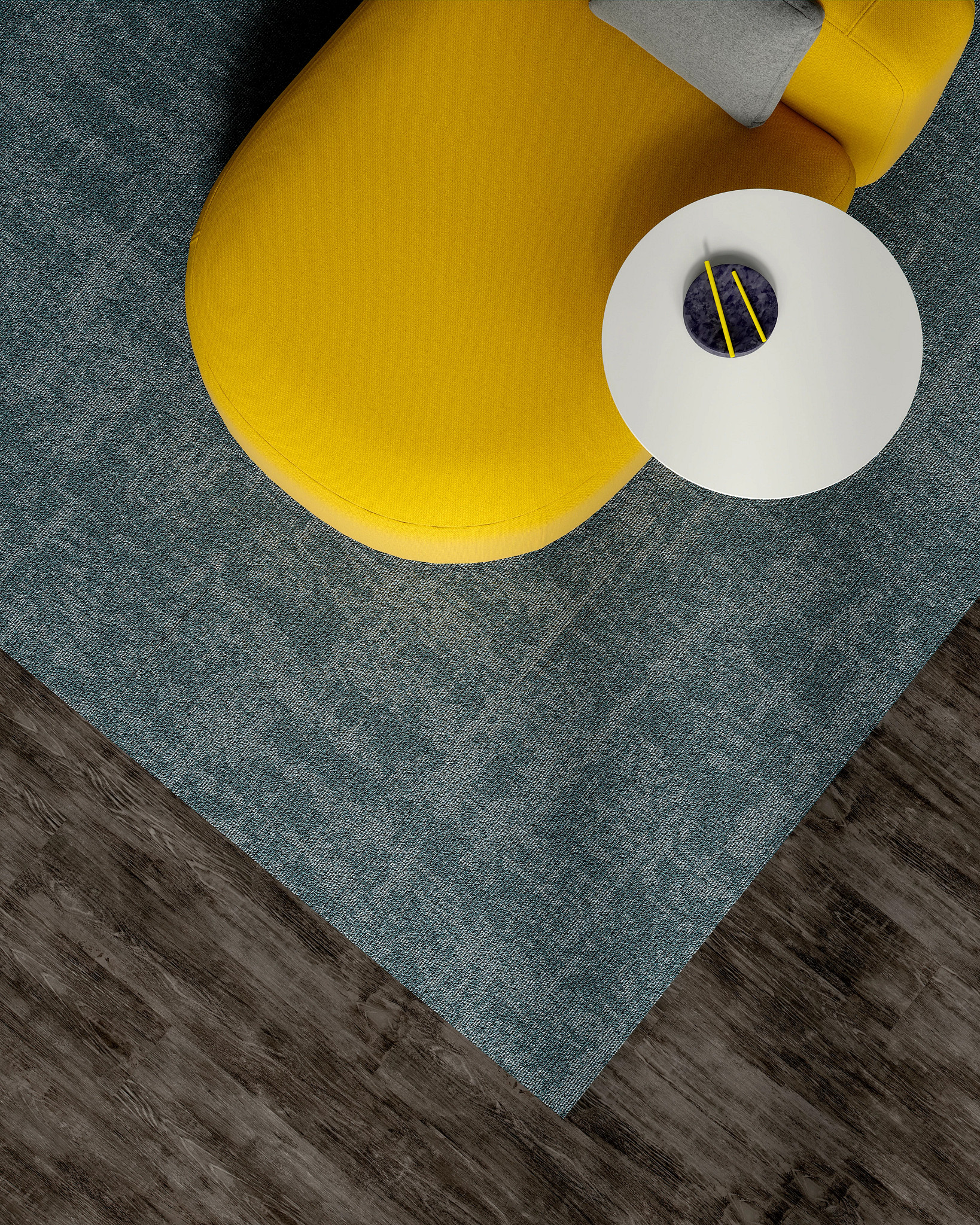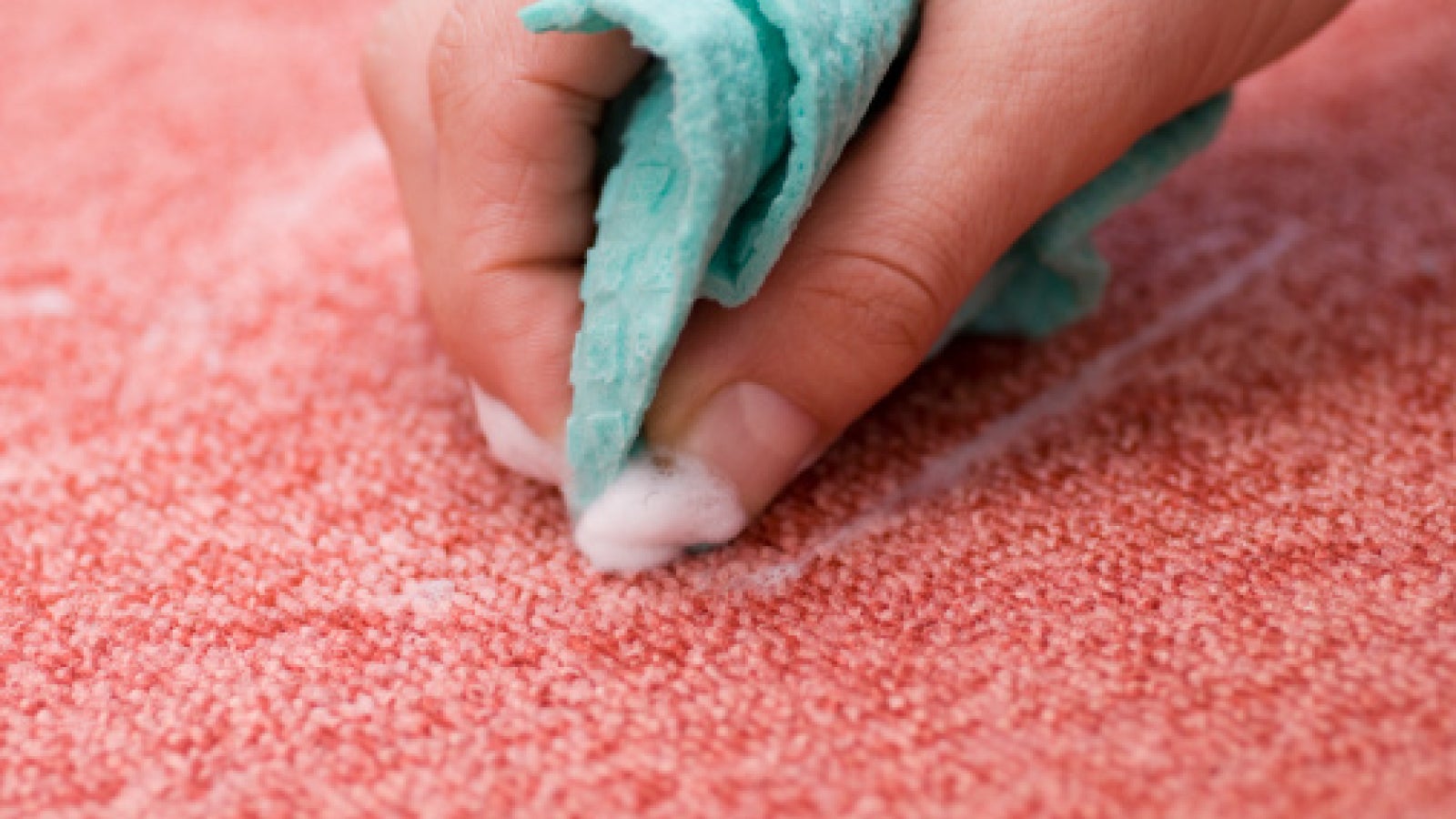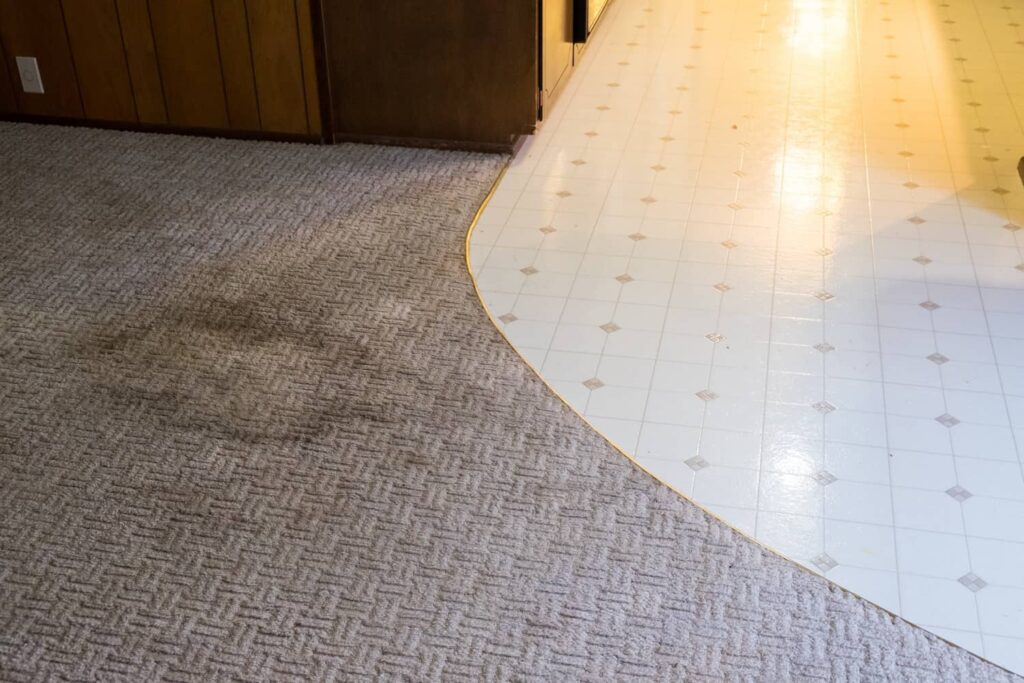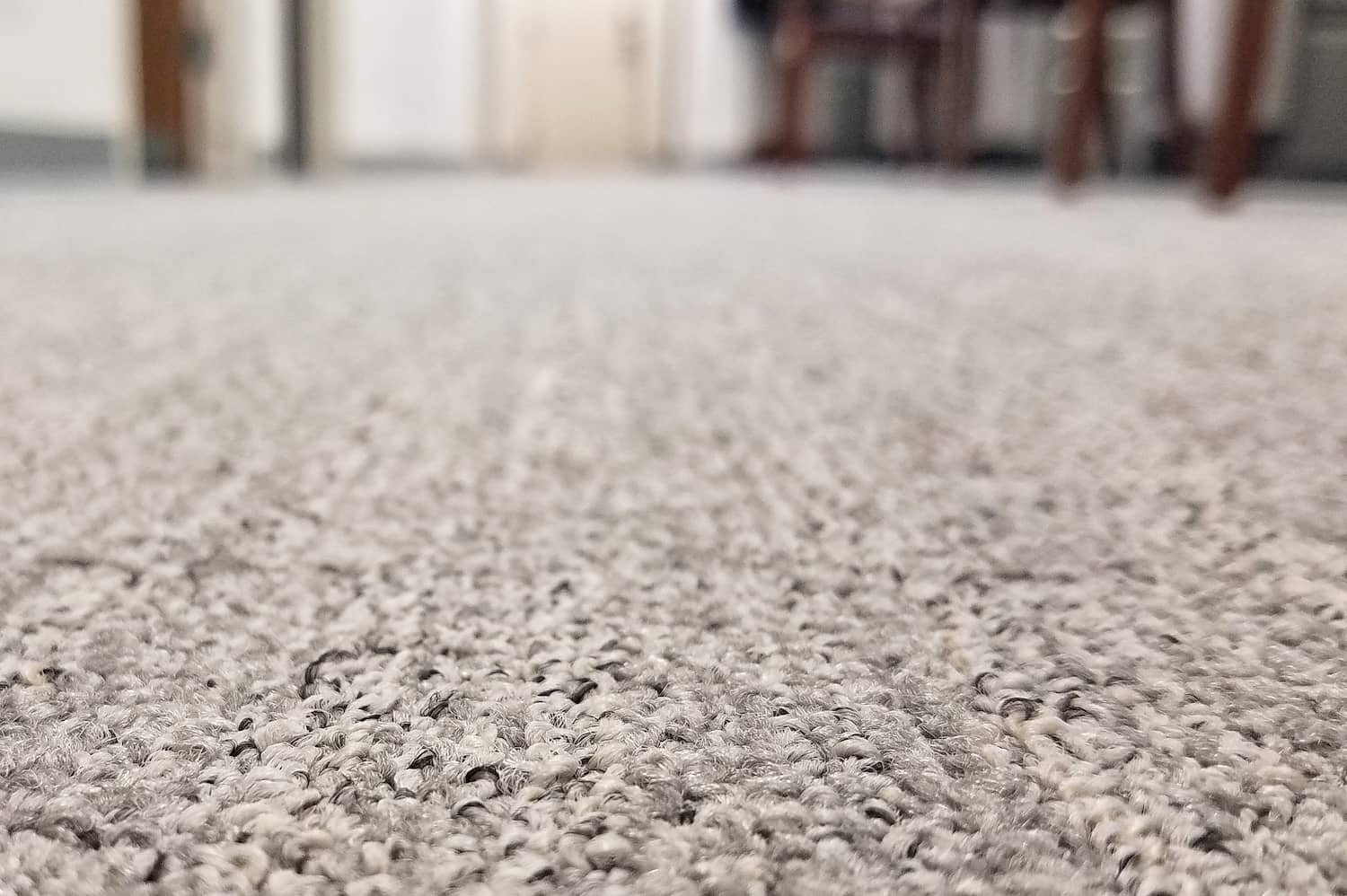Introduction: Dealing with Grease Stains on Carpets
Grease stains on carpets can be stubborn and unsightly, whether they’re from spilled cooking oil, butter, or other oily substances. However, with the right approach and a few simple steps, you can effectively remove grease stains and restore the appearance of your carpet. In this comprehensive guide, we’ll explore various methods and techniques for tackling grease stains on carpets, providing easy-to-follow steps for successful stain removal.
Understanding Grease Stains: The Challenge They Pose
Grease stains present a unique challenge due to the oily nature of the substance, which tends to penetrate deep into the carpet fibers and cling stubbornly to the surface. Traditional cleaning methods may not be effective against grease stains, requiring specialized techniques and products to break down the grease and lift it from the carpet fibers without causing damage or discoloration. By understanding the nature of grease stains and selecting the appropriate cleaning approach, you can achieve optimal results and restore your carpet to its pristine condition.

Step 1: Blotting the Stain
The first step in removing a grease stain from carpet is to blot up as much of the grease as possible using a clean, absorbent cloth or paper towel. Gently press the cloth onto the stain, working from the outer edges toward the center to avoid spreading the grease further. Avoid rubbing or scrubbing the stain, as this can push the grease deeper into the carpet fibers and make it more difficult to remove. Continue blotting until no more grease transfers to the cloth, then proceed to the next step.
Step 2: Absorbing Excess Grease with Cornstarch or Baking Soda
After blotting up the surface grease, sprinkle a generous amount of cornstarch or baking soda over the stained area of the carpet. These absorbent powders will help to draw out any remaining grease from the carpet fibers, making it easier to remove. Allow the cornstarch or baking soda to sit on the stain for at least 15 to 30 minutes to absorb the grease effectively. Then, use a vacuum cleaner to remove the powder from the carpet, along with the absorbed grease, leaving the carpet surface cleaner and fresher.

Step 3: Applying a Grease-Fighting Solution
Once you’ve absorbed as much grease as possible from the carpet, it’s time to tackle the remaining stain using a grease-fighting solution. You can either use a commercial carpet cleaner specifically designed for removing grease stains or create your own DIY solution using household ingredients. A popular homemade solution involves mixing equal parts of dishwashing liquid and white vinegar with warm water to create a powerful grease-fighting cleanser. Apply the solution to the stain using a clean cloth or sponge, then gently blot and work it into the carpet fibers.
Step 4: Allowing the Solution to Penetrate
After applying the grease-fighting solution to the stain, allow it to penetrate the carpet fibers for several minutes to break down the grease and lift it from the surface. Avoid scrubbing or rubbing the stain aggressively, as this can damage the carpet fibers and spread the grease further. Instead, let the solution work its magic, allowing it to loosen the grease and make it easier to remove. For stubborn or old grease stains, you may need to repeat this step several times to achieve satisfactory results.

Step 5: Blotting and Rinsing the Stain
Once the grease has been loosened by the cleaning solution, use a clean, damp cloth to blot the stain, lifting away the dissolved grease and any remaining residue. Rinse the cloth frequently in clean water to prevent re-depositing the grease onto the carpet. Continue blotting and rinsing until the stain is no longer visible, and the carpet appears clean and refreshed. Be patient and thorough during this process, ensuring that you remove as much grease as possible to prevent re-staining or lingering odors.
Understanding Wine Stains: The Challenges They Pose
Wine stains pose unique challenges due to their rich color pigments and acidic composition, which can penetrate deep into upholstery fibers and bond with the fabric. Traditional cleaning methods may not be effective against wine stains, requiring specialized techniques and products to break down the pigments and lift them from the upholstery without causing damage or discoloration. By understanding the nature of wine stains and selecting the appropriate cleaning approach, you can achieve optimal results and restore your upholstery to its pristine condition.

Step 1: Blotting Up the Spill
The first step in removing a wine stain from upholstery is to act quickly to blot up as much of the spilled wine as possible using a clean, absorbent cloth or paper towel. Gently press the cloth onto the stain, working from the outer edges toward the center to absorb the wine without spreading it further. Avoid rubbing or scrubbing the stain, as this can push the wine deeper into the fabric fibers and make it more difficult to remove. Continue blotting until no more wine transfers to the cloth, then proceed to the next step.
Step 2: Diluting the Stain with Water
After blotting up the surface wine, dilute the remaining stain by applying a small amount of cold water to the affected area. Use a clean cloth or sponge to gently dab the stain with water, working from the outer edges toward the center to prevent spreading. Avoid using hot water, as this can set the stain and make it more challenging to remove. Continue dabbing with water until the wine stain is visibly lighter, then proceed to the next step.
Step 3: Applying a Stain Remover
Once the wine stain has been diluted with water, apply a stain remover specifically designed for upholstery to the affected area. Choose a product that is safe for use on the type of fabric your upholstery is made of and follow the manufacturer’s instructions for application. Alternatively, you can create a DIY stain remover using a mixture of mild dish soap and hydrogen peroxide, which can help to break down the wine pigments and lift them from the fabric fibers. Apply the stain remover to the stain using a clean cloth or sponge, then gently blot and work it into the upholstery.

Conclusion: Achieving Clean and Stain-Free Carpets
In conclusion, removing grease stains from carpets requires a combination of patience, technique, and the right cleaning products. By following the steps outlined in this guide and using effective grease-fighting solutions, you can successfully eliminate grease stains from your carpets and restore them to their original condition. Remember to act quickly, blot up excess grease, and avoid rubbing or scrubbing the stain, as this can worsen the damage. With diligence and proper care, you can enjoy clean, stain-free carpets for years to come.
